Bamboo Investment Scams Exposed!
Thinking about investing in bamboo plantations? Great, but after reading this article about bamboo investment scams and lease plans you might want to re-think your options...
When browsing the internet for the term "investing in bamboo plantations", Google will come up with a growing amount of bamboo investment schemes promising you very high returns. The question is, are these forestry schemes and returns on investment realistic, isn't this another too good to be true bamboo investment scam?
I decided to write this article because I keep receiving emails from people who seek advice and feedback about such bamboo investment opportunities. Instead of answering all these questions individually, I felt it was time to publish my opinion publicly, and let potential investors make up their mind with the information given.
Targeting the Small Inexperienced Investor
The most attractive incentives for investing in bamboo lease plans is the fact that you can invest a relatively small amount of money to generate a high and long term "passive" income. You do not have to know anything about bamboo or lift a finger. Better yet, you are about to invest in a seemingly trustworthy, sustainable, socially responsible, eco-friendly business, which makes you feel good about your investment. You feel as if you found the chicken with the golden eggs, it's a win win situation!
In reality though, you are probably about to invest your money in a very high risk financial product and business model. So the question is: Are you prepared to hand over your savings or retirement money to a company that potentially has no experience with bamboo?
Playing the Experience Card
I have been contacted by dozens of forestry investment companies and brokers worldwide, the reason is fairly simple, most of these forestry brokers have absolutely no knowledge about growing bamboo (other than: there is apparently a lot of money to be made with bamboo). To be fair, the bamboo hype is fueled by the tremendous amount of buzz given by all sorts of articles online, on which some brokers try to capitalize. In the end, it's the investor who needs to do his or her research, you can't blame an "entrepreneur" for trying (can you?).
Having said that, marketing techniques are very smart...
Saying that you have X years of experience with plantations doesn't mean having experience with bamboo plantations (growing bananas is not the same as growing bamboo).
Another way to try and convince the inexperienced investor, is to publish reports from "trusted" sources.
I honestly find it very disturbing when a professor from a reputable University (who doesn't even seem to have a track record in regards to growing bamboo) can be "convinced" to sign off a report that has absolutely no scientific evidence. Especially when an attempt is made to compile a bamboo productivity table, of which I hope the prof. will be held accountable for in a few years!
As attractive the endorsement from such sources may look, quotes gathered from websites bundled in a pdf article are completely unreliable; college kids have send me better and more accurate reports! Take Guadua vs. Moso for example.
Marketing strategies aside, building a business based on the wrong information is just bound to fail (or you need a LOT of money to cover all the mistakes).
Why they need YOUR money to make THEIR business work!
In Central America, bank interest rates are very high. This means companies either need to invest their own money or obtain capital trough a venture capital firm or a group of private investors. This will allow a company to try and obtain capital at better conditions and at much lower interest rates.
The question is, why are some forestry companies only targeting small inexperienced investors instead of a venture capital firm? Professional investors reduce their risk to the absolute minimum, they fearfully investigate business plans (due diligence) and need to know all the ins and out of a company before putting any cash on the table. Professional investors seek to invest in legit companies in return for equity, whereas small investors are easier to convince without having to share the entire (official) business plan or sell company shares.
A possible scenario is that company X will pay you back in the first few years (from the money you initially invested) to get you comfortable, while trying to find ways to get more cash to keep paying back their investors. Similar to accumulating more and more debt to pay and satisfy their first investors until the bubble bursts (Ponzi scheme).
I have been following a lot of bamboo investment offerings and every time a new plan is published, numbers have changed (from yield projections to lower return on investment rates). Mmh, seems like somebody is reading my rants...
The Power of the Affiliate
Just repeat the same lie over and over again and people will start to believe it. Affiliate brokers try to sell and promote a product from another company. By doing so, a company creates sales people for their product which they only have to pay a (usually high) commission when they actually sell. This creates a tremendous buzz on-or offline, and is basically free advertisement.
Business wise, this is obviously a smart strategy. The down part is when incorrect information starts to spread all over the internet and found on different websites and presentation, people will actually start to believe what they read. With the internet cluttered with wrong information, it also becomes very difficult to research and find the real data.
Talking about real data, what about some scientific Guadua bamboo yield projections for a change?
Annual Yield Projections for Guadua Bamboo Plantations
For some reason there is a common believe that large diameter Guadua bamboo poles can be harvested 5 years after planting. So, for once and for all: this is completely FALSE!
Most bamboo investment lease plans I have read, are based on harvesting 4"- 6" diameter poles, starting from year 5. I find it unbelievable that these "forestry experts" don't seem to understand how a newly planted Guadua bamboo plantation actually grows?! They mix up the numbers of 2 very different concepts, namely; the year when such 4" inch stems appear in the plantation and the year when these 4" poles can be harvested.
This is where they mix up their numbers:
Commercial Guadua bamboo stems, which are large diameter poles (10 cm and more), and have the most economical value, start to appear 4-5 years after planting, however, these stems have to mature for at least another 4 years before they can be harvested, which means these stems can only be harvested as soon as 8-9 years after planting. Furthermore, it is also very important to point out that establishing commercial bamboo plantations on farm land of inferior quality (wrong climate conditions, red soils, swamp areas and poor soil fertility) is the definition for absolute failure! See this article about optimal soil conditions for commercial bamboo plantations. If the plantation site is badly chosen, stems of such diameters may never even develop all together.
The table below shows when bamboo stems can be harvested according to their diameter class and height. I would strongly suggest to read our article about: Bamboo growing habits to fully understand how bamboo actually grows and how a Guadua bamboo forest or plantation is formed.
From the above table, you can analyze that the first harvest can take place at 3 years after planting. However, these stems are less or equal to 3.4 cm in diameter and 6.1 m tall. The first commercial stems could be harvested from year 9.
The table below shows what size bamboo stems start to appear at which year in a newly planted Guadua bamboo plantations. Smaller diameter stems mature faster than large diameter stems. The lowest and highest maturity rate (ripening) is also given per diameter class.
Harvesting commercial stems could start at 3.2 years of maturity, however, for construction purposes, bamboo stems should preferably be cut when they are 4-5 years old. This will prevent cracking and shrinkage since older stems contain less moisture content. Bamboo stems also become more mechanically and physically resistant due to more compacted vascular bundles. In other words, the older the stems (closer towards 6.7 years after which they start to deteriorate) the better the quality.
Though the bigger question is: How can these companies guarantee such high returns before 9 years when there is no large diameter sized bamboo that can be sold yet? Sure small diameter stalks can be harvested in the early stages, but they won't generate such high revenues.
It's interesting to compare yield projections from bamboo investment lease plans with the real numbers because some companies change their numbers every time we publish new scientific information. Which obviously raises the questions: What about the first investors who bought into those first projections? How will they get their money back?
Note: All data presented here is from scientific studies conducted by the most respected Guadua agronomists in the business. The given numbers are the result of monitoring Guadua plantations for 20 consecutive years in various countries and on numerous different plantation sites throughout Central and South America.
Sales and Distribution
Finally, how are these companies or brokers going to sell and distribute your bamboo crop once it's ready for harvest? They could very well accept 2,000 hectares worth of bamboo investors but how, and to who, are they going to sell your crop?
I have seen forecasts and market studies from companies offering bamboo investment lease plans which state that Guadua bamboo can be sold for several dollars per lineal meter. In the retail market this might be true (Grade A, cured and dried), however, as a plantation owner, your primary objective is to produce the raw material at the most competitive price (especially when growing bamboo at a large scale), after which 3rd parties will buy and process the bamboo to manufacture value added products. In other words, the projections presented in some bamboo investment schemes do not include the cost of treatment, manufacturing, labor, storage, transportation, etc. and thus completely distort the real revenue figures for the bamboo plantation lessee.
Most forestry brokers are initially not focused on crop sales. The strategy for selling your crop is a problem to deal with later (if ever) and the only thing that matters right now is that YOU will be paying for THEIR bamboo plantation in return for a very high (promised) return and taking all the risk. If anything goes wrong with paying back their investors after the first years, a company will still be able to sell their bamboo plantation and run off with the money. This is basically their own form of "security", since they own the bamboo plantation with your money.
Setting up a structure for investors to fund a bamboo plantation is one thing, having the connections, know how, infrastructure to manufacture value added bamboo products, marketing and distribution is something else. Sure, this could all be obtained over time, but how is it possible to guarantee returns if you don't have any buyers for your crop to begin with?
Read the Fine Print!
The fine print of almost any investment package will confirm what I have discussed in this article (although not in as many words of course). Here are some examples:
A key area of risk is that the plantation will not produce as much bamboo as forecast in order to generate the levels of return projected.
The ability to sell the bamboo for the projected price underlies all projected returns. This therefore represents a key risk.
The value of your investment can go down as well as up and you could risk losing all of the money invested.
Neither the investment, nor XXX company, is regulated by the Financial Services Authority. This means that the protections that investors have in other types of investment (for example ISA’s, bonds or regulated funds) are not available to investors.
Company XXX has relied on published sources and third parties for certain statements of fact or opinion and whilst it believes that those statements or opinions are correct, it has not independently verified them.
Conclusion: Own Your Bamboo Plantation!
Based on my experience, I can only give you one advice when thinking about making a bamboo investment, OWN your bamboo plantation. Bamboo plantations can be lucrative if you know what you are doing or have an expert partner (as with every business). Sure, you won't be able to own a bamboo farm for 3 or 5k, but you could for as low as 16k (per hectare), with the additional advantage that you have absolute control and ownership (security) over your investment and property.
It is important to understand the whole process from planting to selling crop, before investing in bamboo plantations. Therefore you need to do your own research and evaluate for yourself if investing in bamboo is something to pursue or not.
Guadua Bamboo, promotes responsible bamboo reforestation in Central and South America and help growers and bamboo investors to accomplish their goals by providing them non-biased information and services.




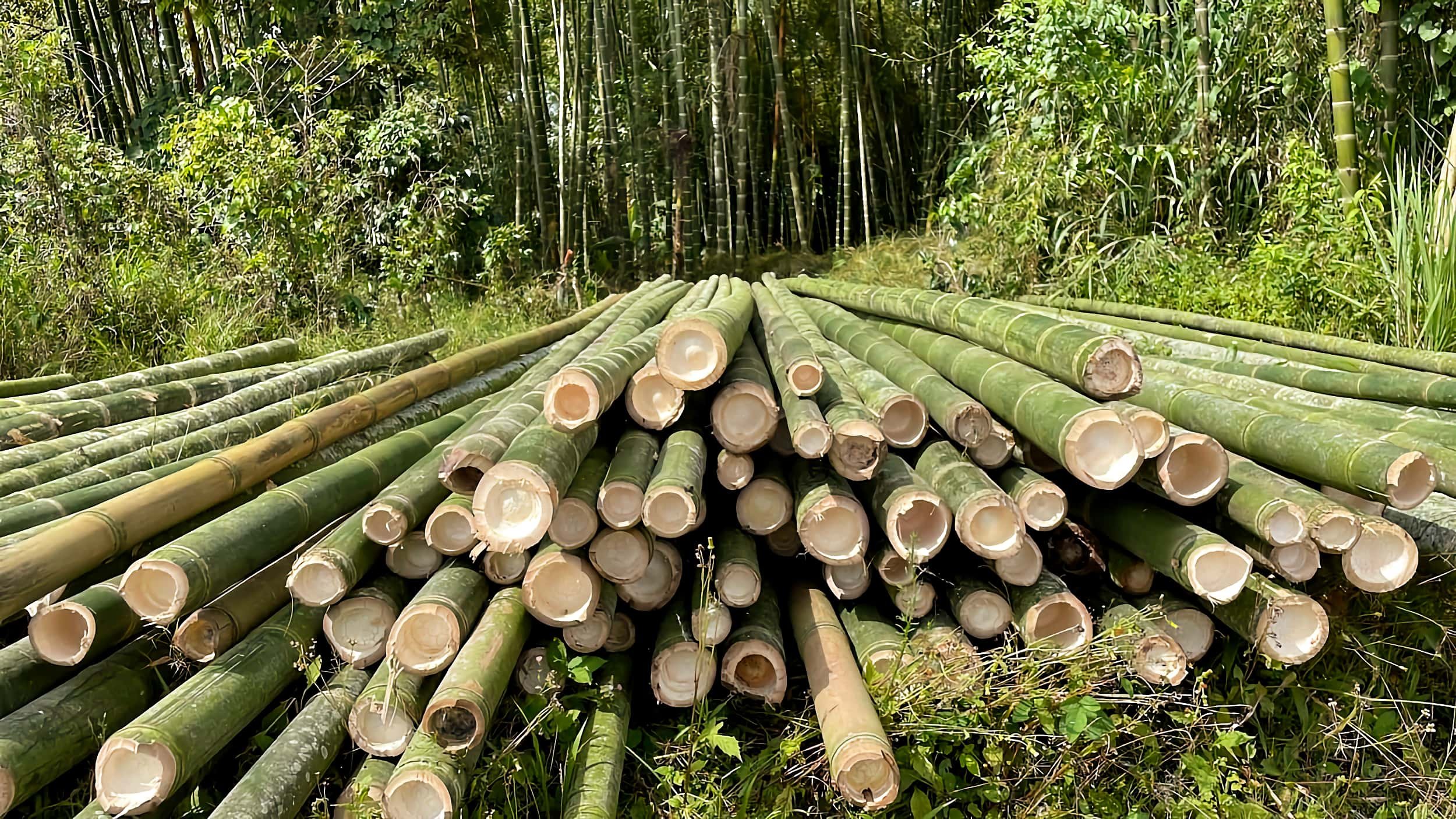
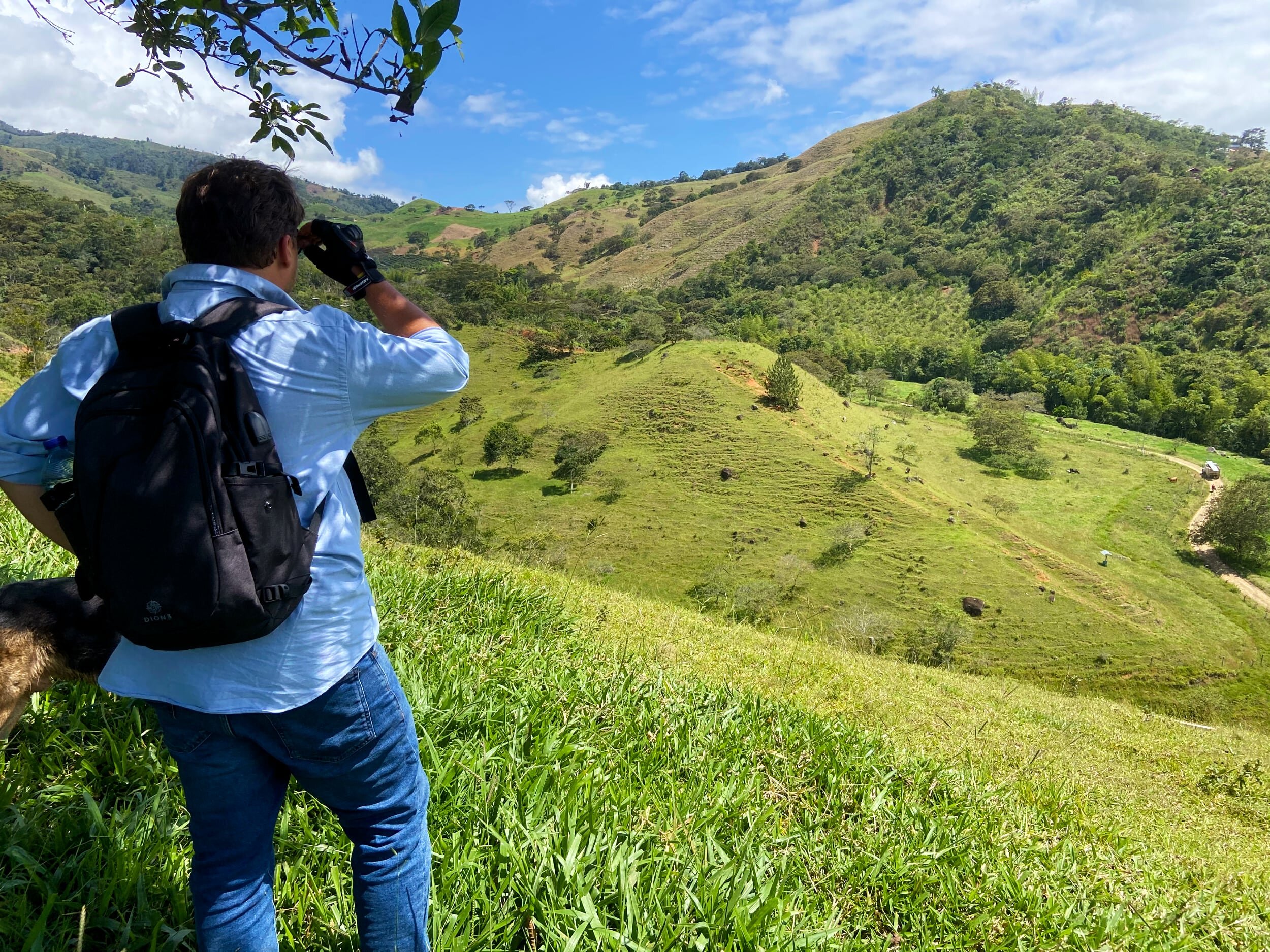
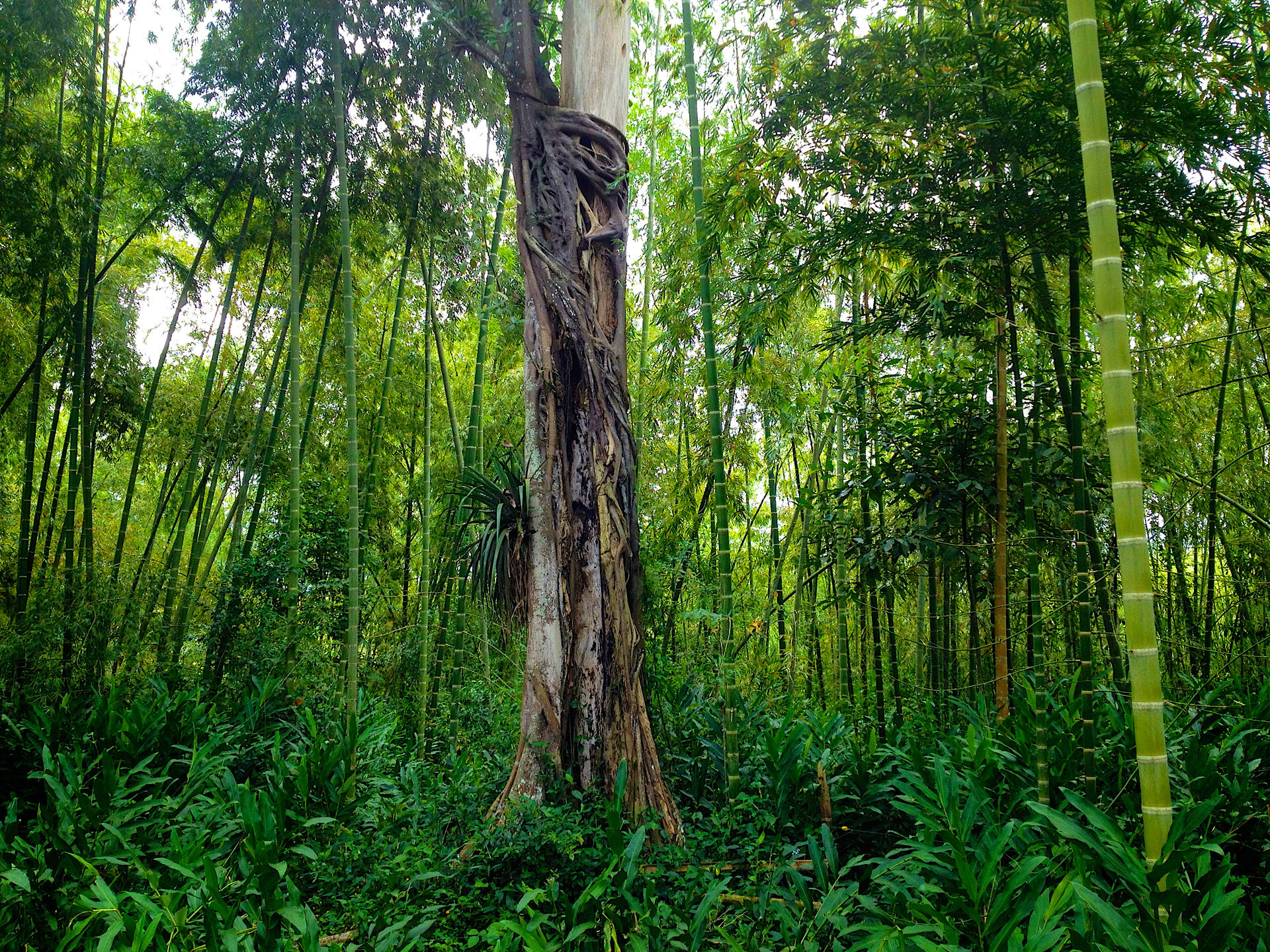
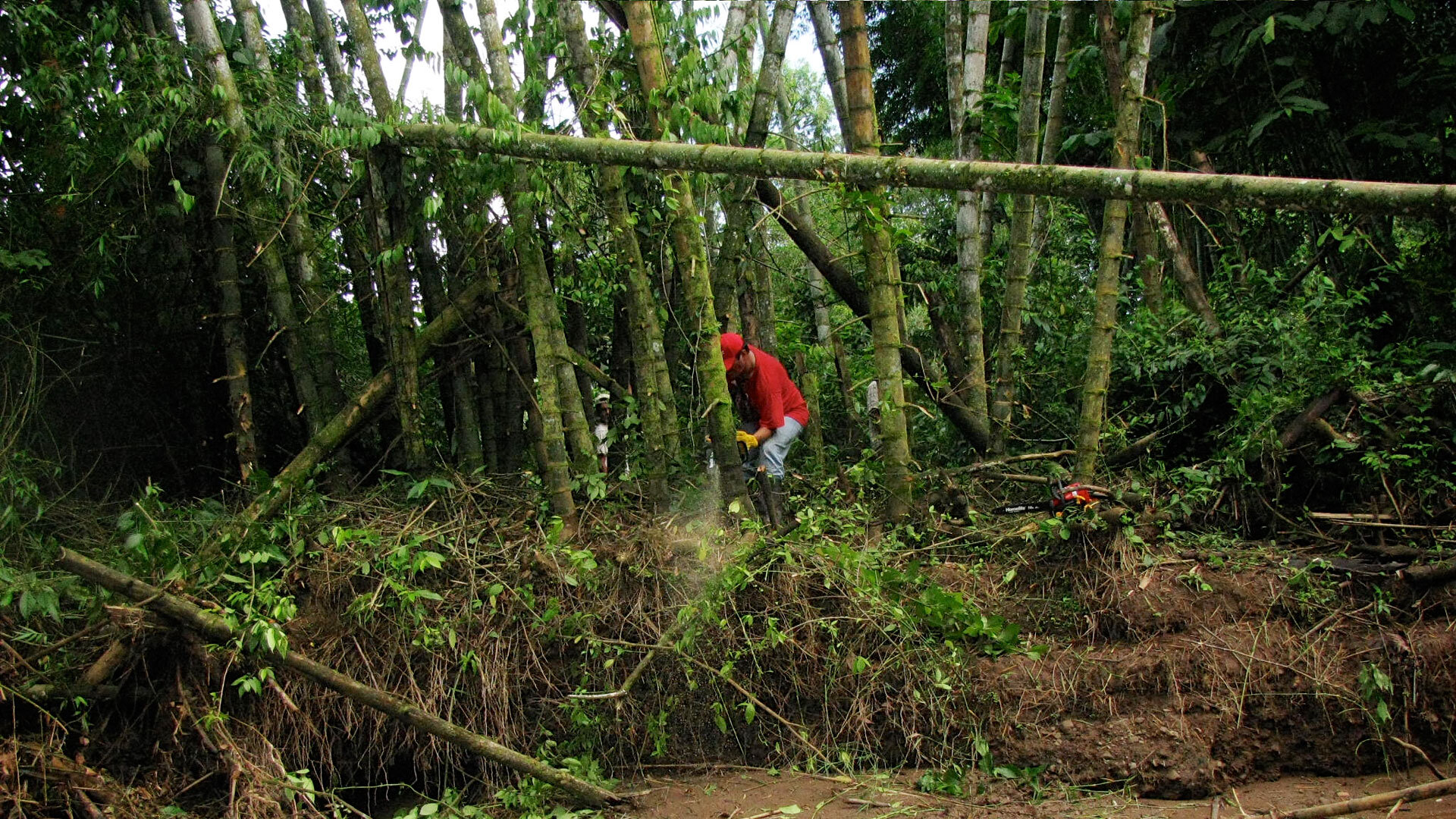
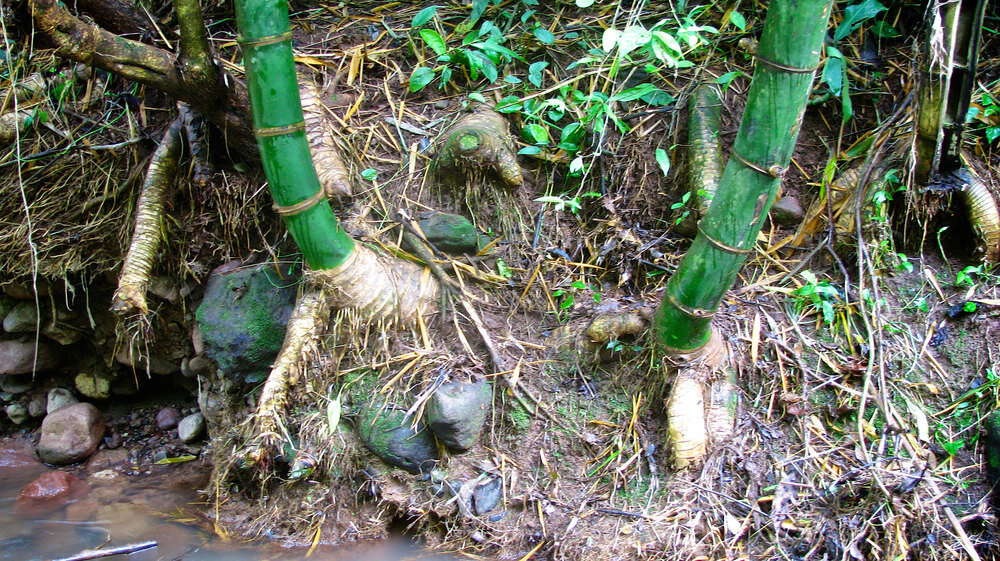
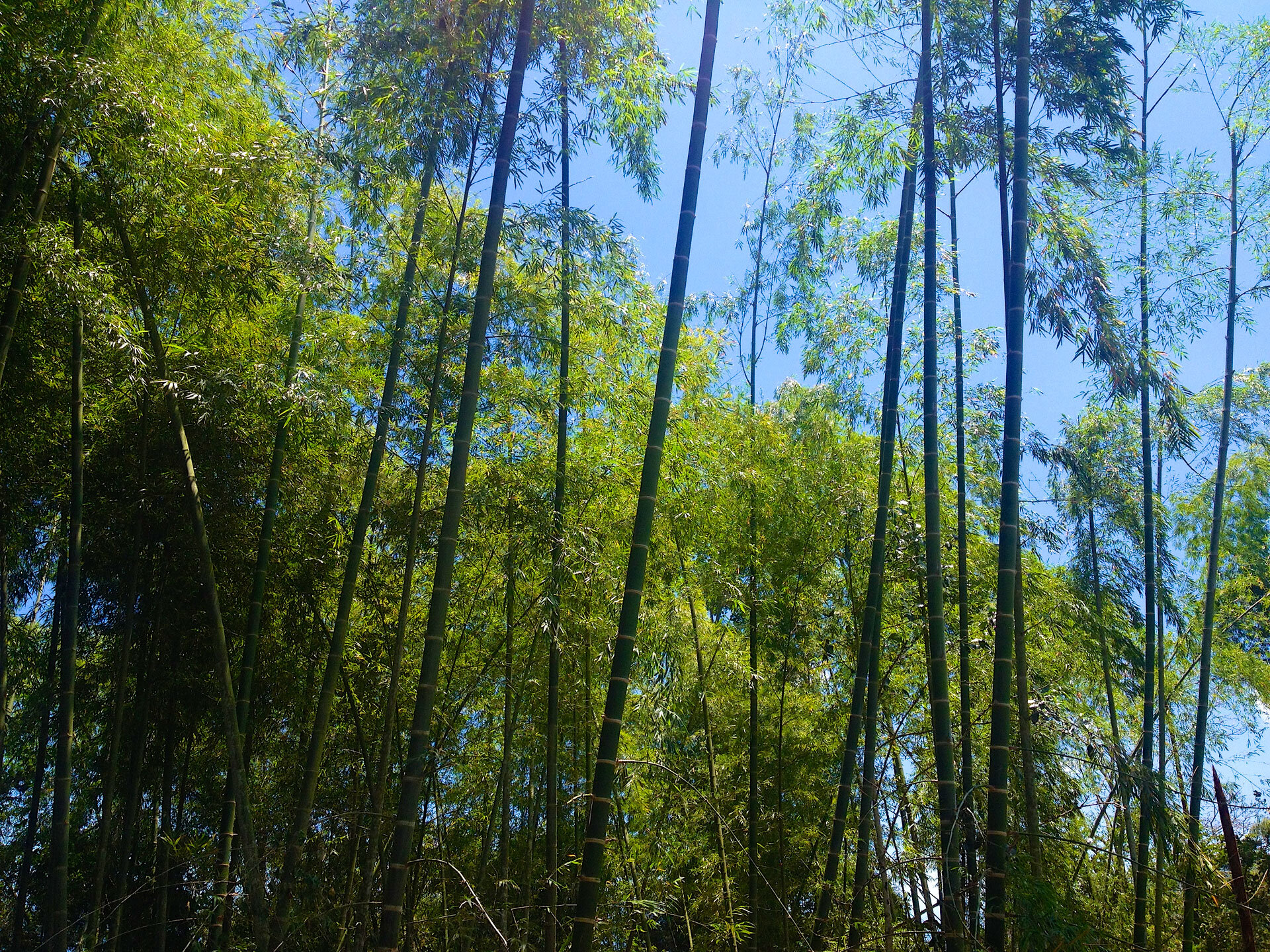
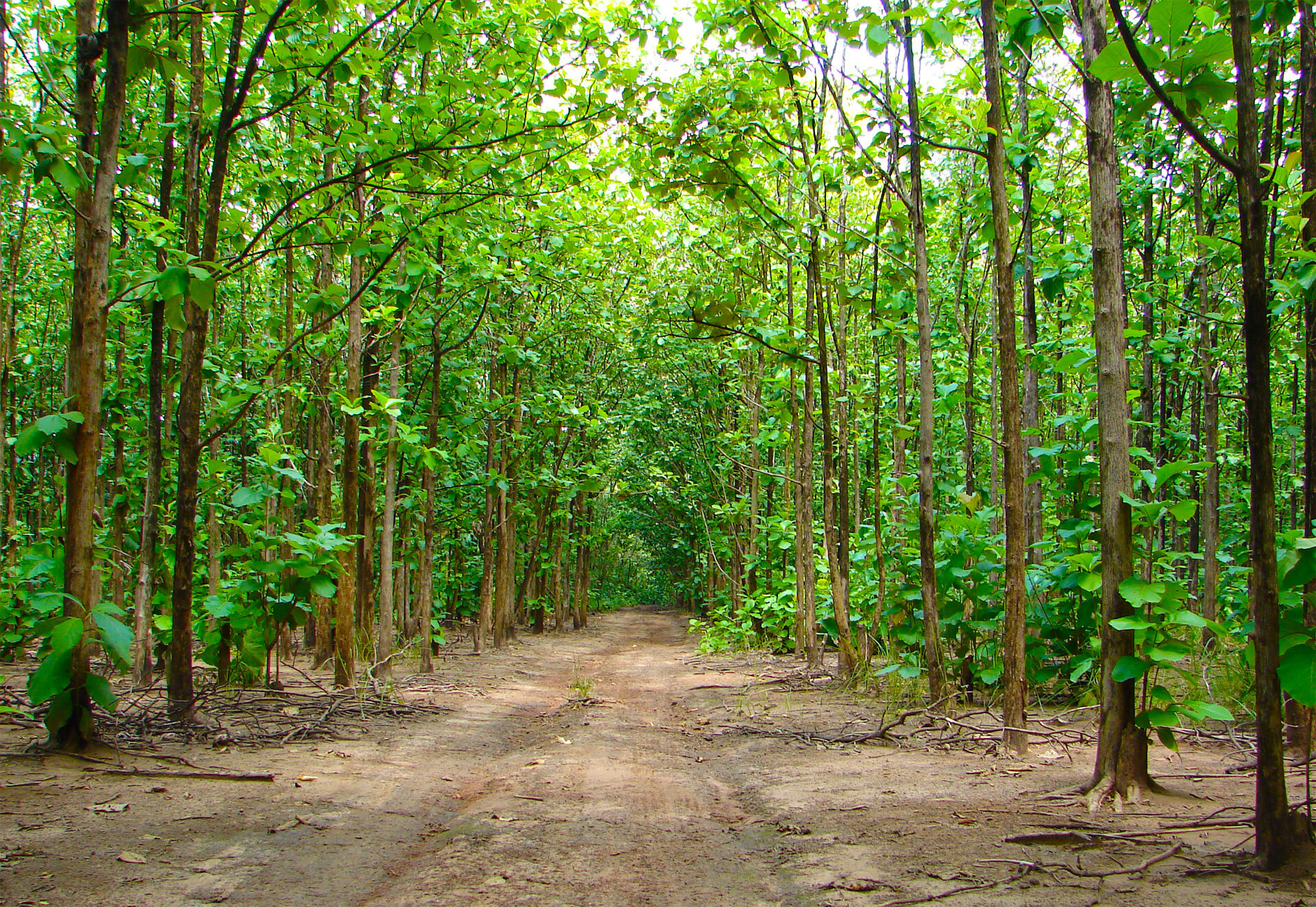
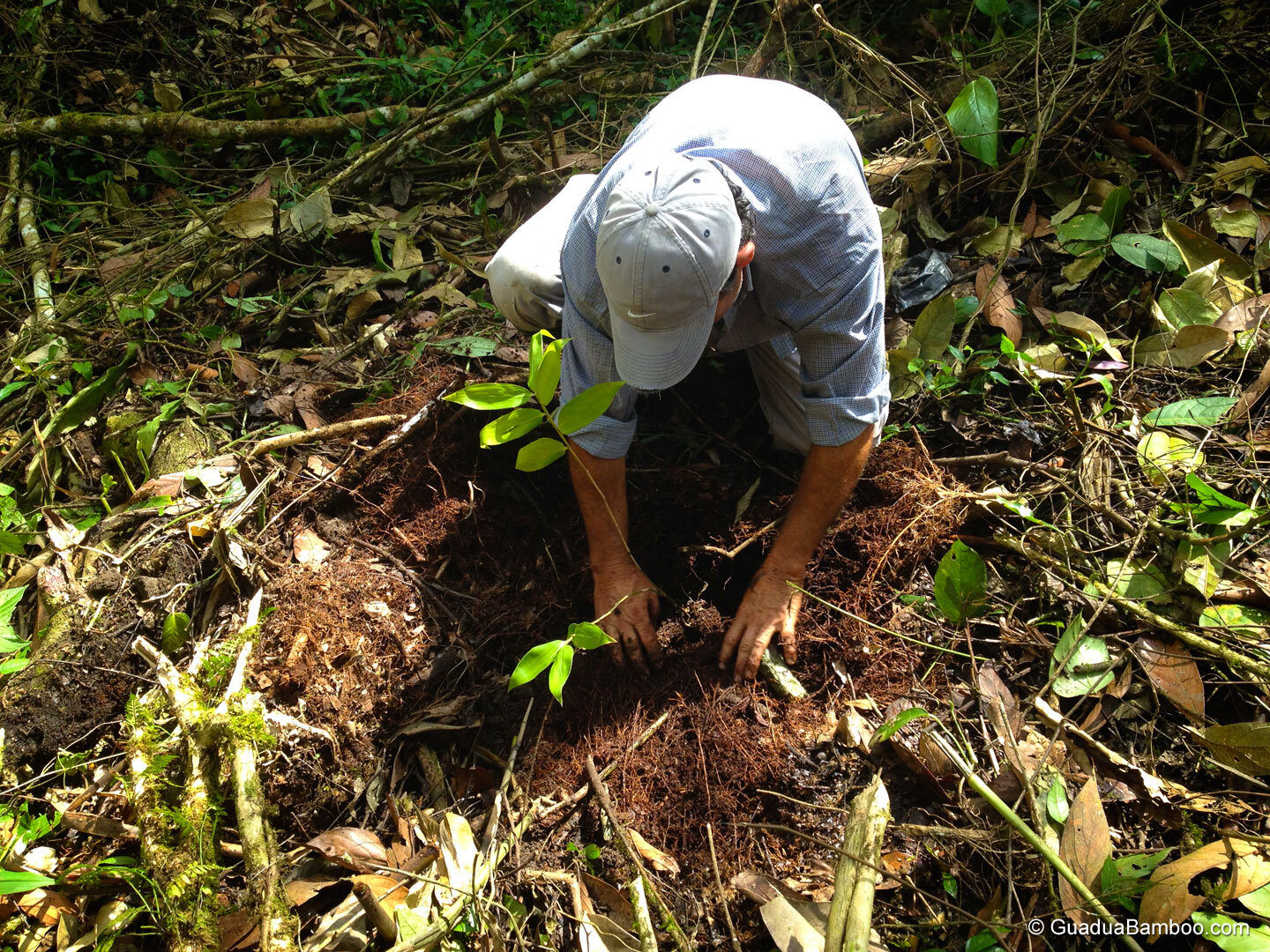
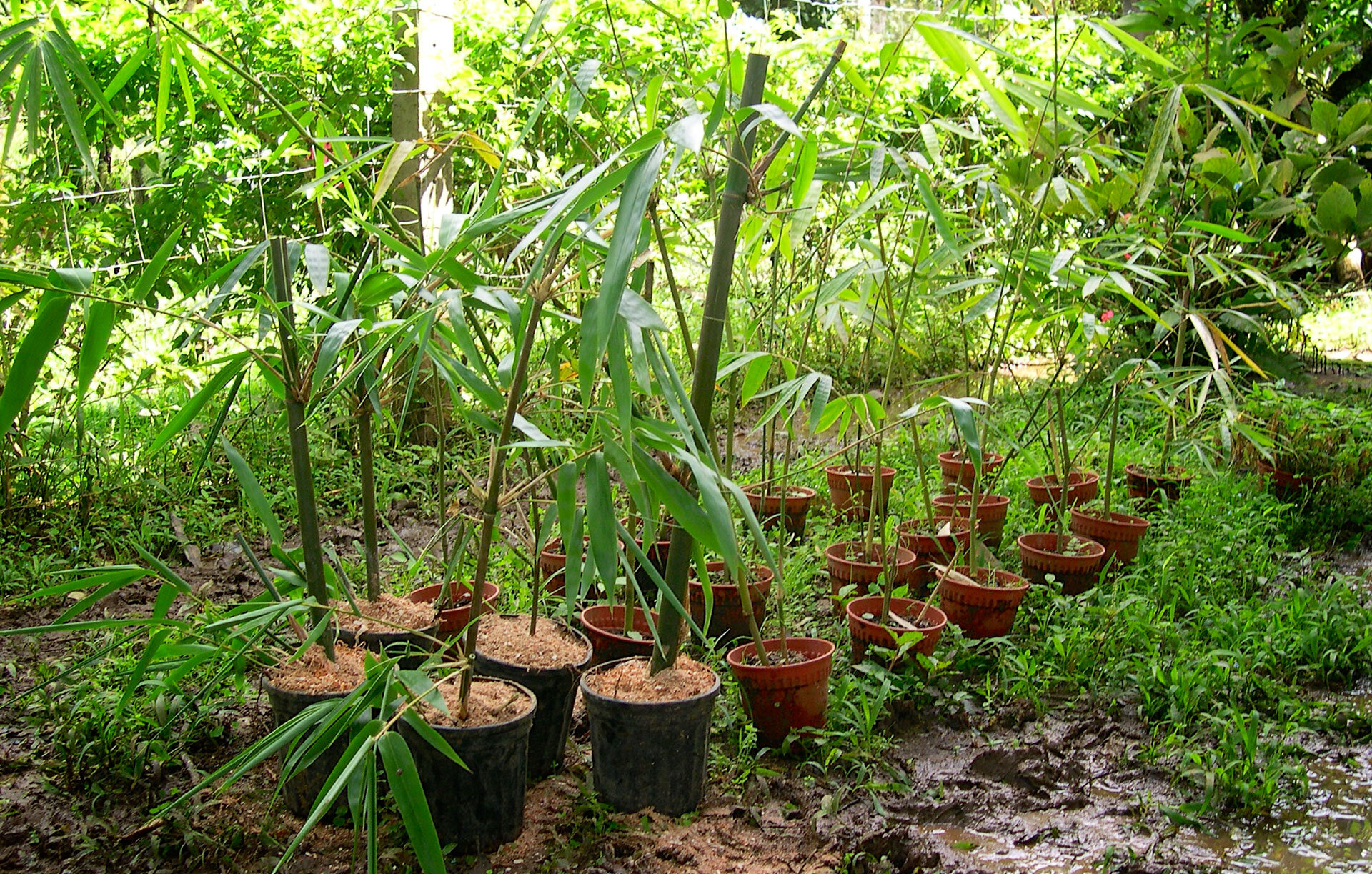

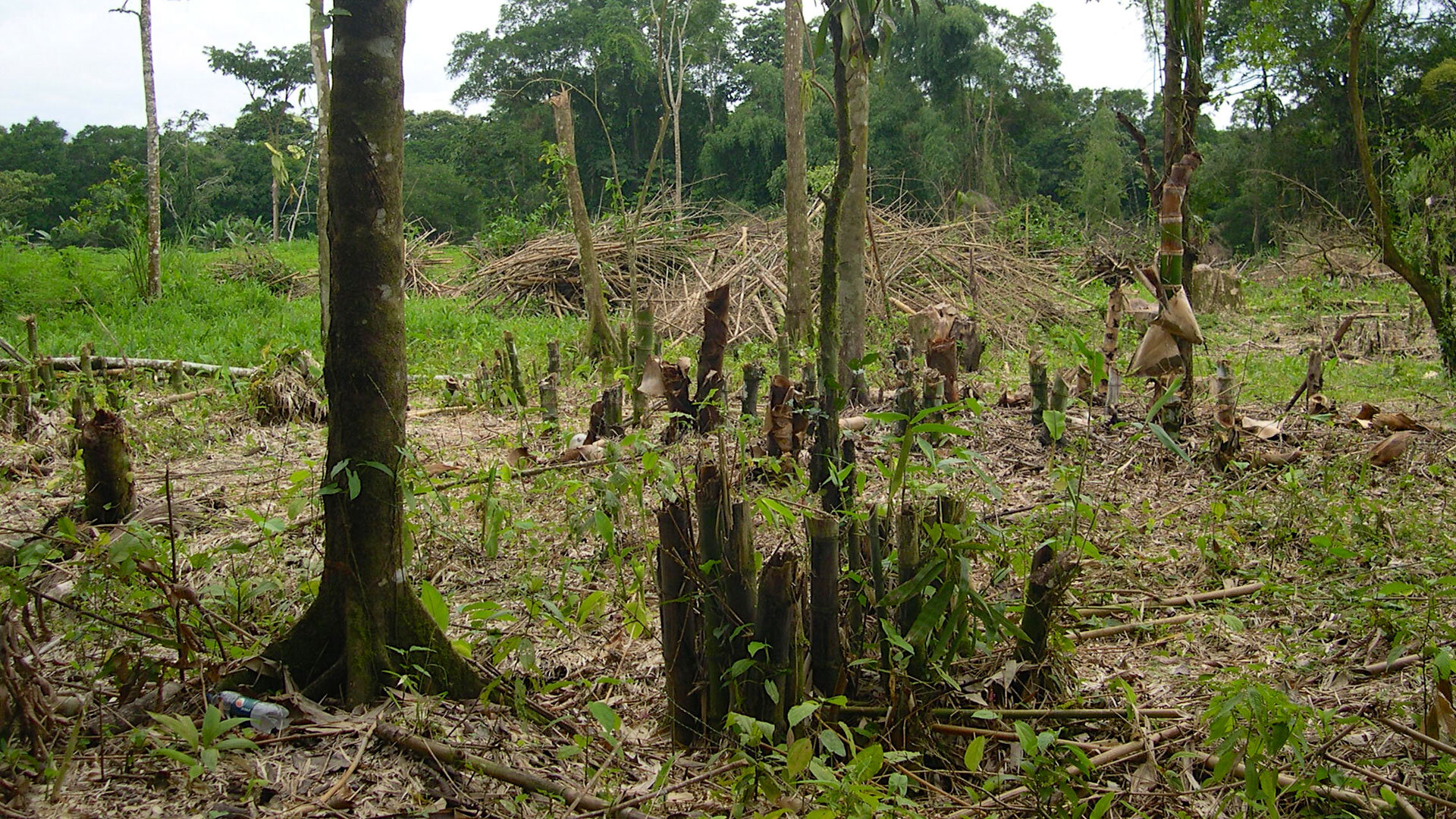
According to the research I have done, I have learnt that bamboo can give me good returns. I am however skeptical about the ability of bamboos to produce quality poles and timber. Kindly advise me on the ability of bamboos to produce quality poles. How many shoots can form a clump if planted in an ideal climate?